
Croix byzantine, tresor de Genes Crucifix art, Byzantine, Byzantium
This paper discusses supplicatory liturgical processions ( litae) and their routes in eleventh-century Constantinople by examining a hitherto neglected source; the eleventh-century Praxapostolos Dresden A104.
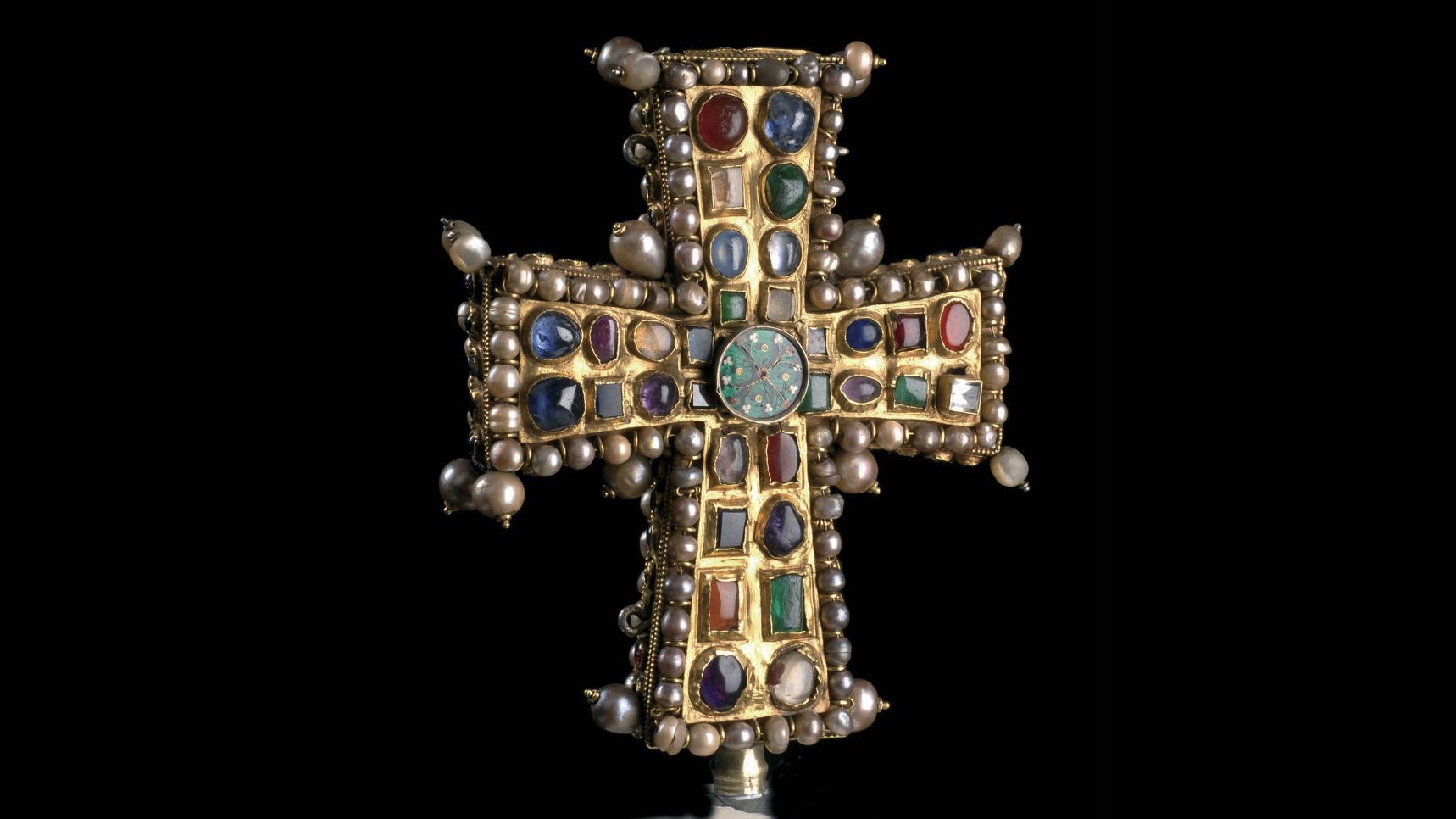
12 ans après le vol de la croix byzantine de la cathédrale de Tournai
La Croix de Lorraine est constituée d'une barre verticale et de deux barres horizontales régulièrement espacées. C'est une croix héraldique utilisée par les Ducs de Lorraine. Il y a plus de mille ans, le roi Lothaire a donné son nom à une province du nord-est de la France. Le nom "Lothaire" a évolué au fil des ans pour devenir "Lorraine".
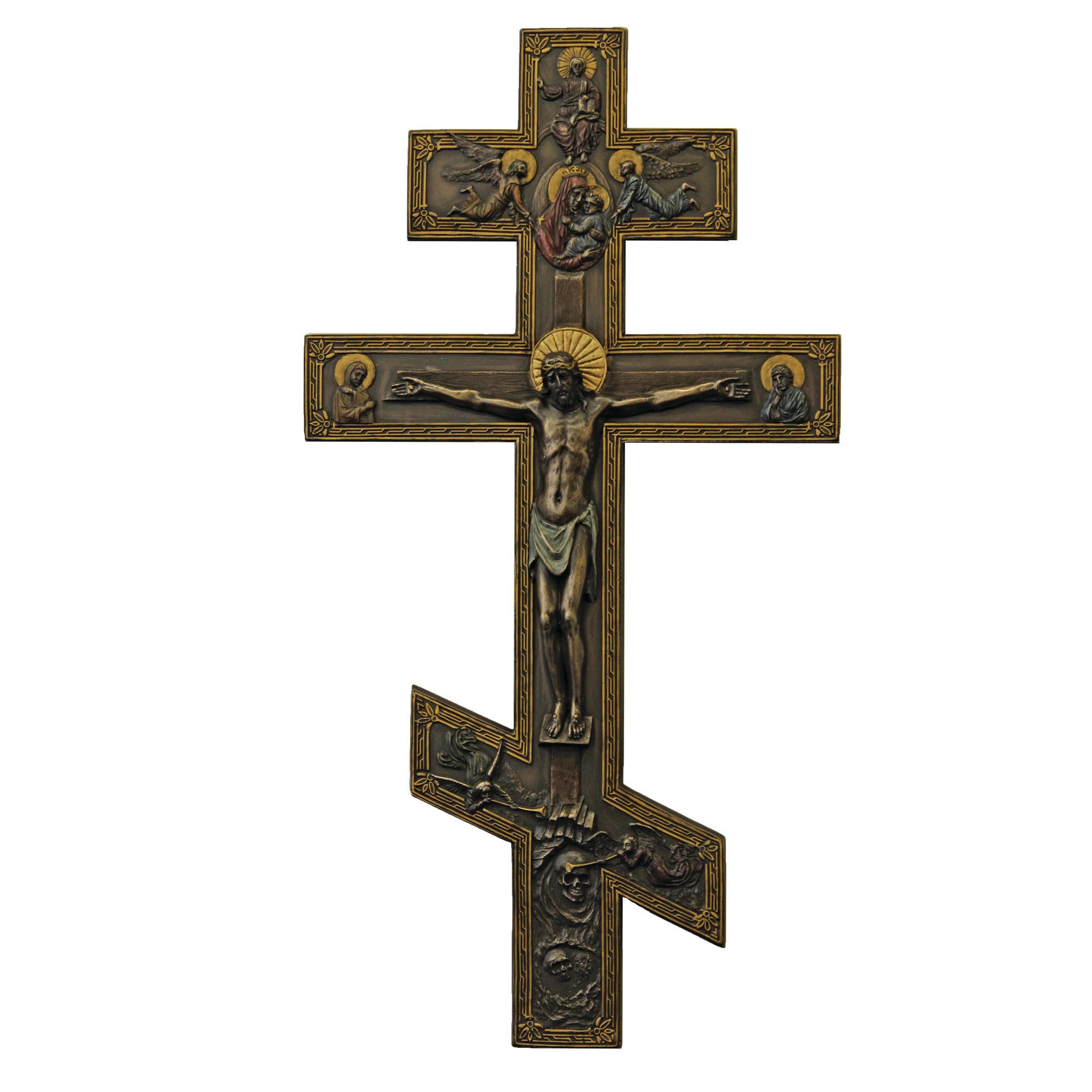
Byzantine Crucifix 17.5'' The Catholic Company®
The most striking element of the Byzantine Crucifix is the figure of Christ. It is not the body of a corpse, but of God Himself, incorruptible unto eternity and the source of life, radiating the hope of the Resurrection. He does not hang on the Cross, but rather seems to be supporting it. His hands are not cramped from being nailed to the wood.
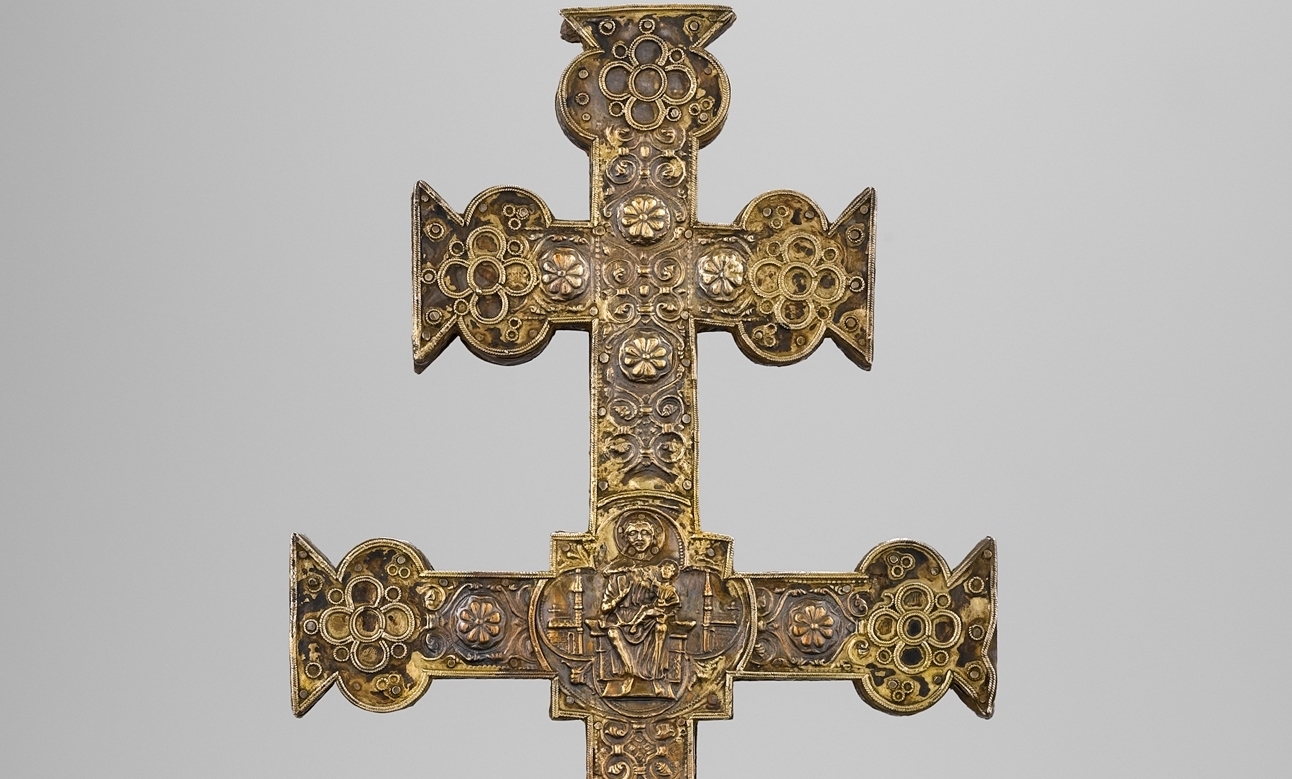
Croixreliquaire de la Sainte Croix, dite Croix byzantine Patrimoine FRB
La croix orthodoxe (☦) est utilisée par l' Église orthodoxe de Tchéquie et de Slovaquie, le Patriarcat œcuménique de Constantinople, l' Église orthodoxe de Pologne, l' Église orthodoxe russe et l' Église orthodoxe serbe . Nom Cette croix devrait être appelée la croix (orthodoxe) russe n 1, mais est parfois simplement appelée Croix orthodoxe 35 .
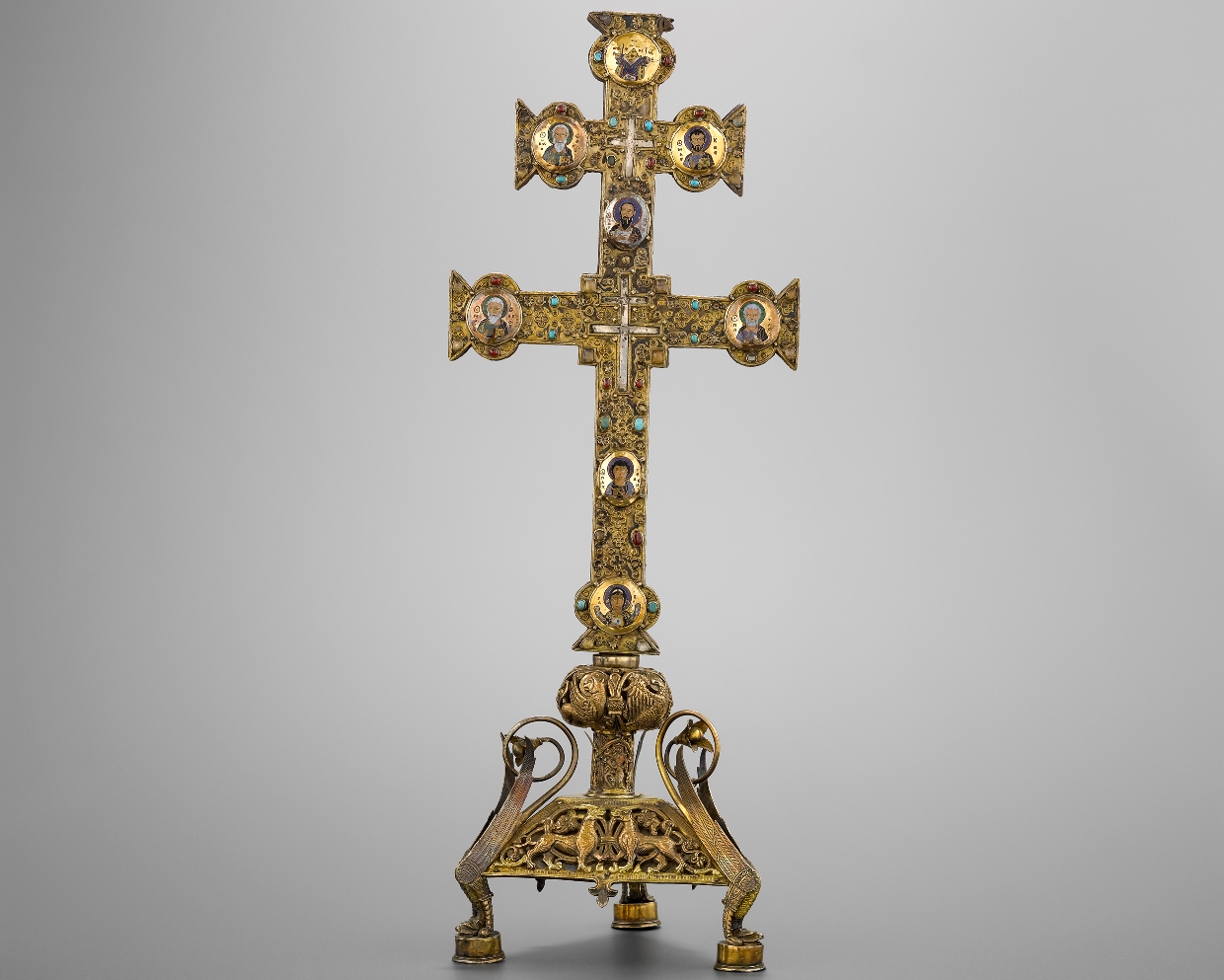
Croixreliquaire de la Sainte Croix, dite Croix byzantine Patrimoine FRB
Technical Details Chemical Composition: XRF data from Tracer Alloy: Leaded Bronze Alloying Elements: copper, tin, lead Other Elements: iron, mercury K. Eremin, January 2014 Technical Observations: The patina consists of patches of red cuprite over greenish brown, while burial dirt and bare metal are featured on the interior.

Croix Byzantine d’occasion Plus que 2 exemplaires à 60
Types de croix chrétiennes. La croix est le principal symbole du christianisme.Considérée de nos jours comme l'image du gibet de la Crucifixion du Christ, elle appartient à une symbolique plus ancienne.. C'est à partir du IV e siècle que la croix s'impose comme l'emblème du christianisme : elle est adoptée, selon la tradition, par l'empereur Constantin le Grand au côté du chrisme ().

La croix byzantine dite des Zaccaria (Trésor de la calhédrale de Gênes
Sign of the cross The steps for making the sign of the cross Making the sign of the cross ( Latin: signum crucis ), or blessing oneself or crossing oneself, is a ritual blessing made by members of some branches of Christianity.

Giunta Pisano, Crusifix, 12501260 Crucifix art, Byzantine art, Art icon
La Croix Byzantine : riche et luxueuse, mais primitive avril 29, 2021 Christianisme Riche, flamboyant, luxueux : voilà comment décrire le style byzantin. Ce type d'art religieux a permis la création d'objets absolument fabuleux que les collectionneurs s'arrachent.

Croix byzantine de style byzantin à la main de 18K dor avec Etsy
As the capture of Jerusalem was accompanied by the destruction of churches and the killing of Christians, perhaps the heaviest blow to Byzantine morale was the capture of the True Cross, the relics of which had been kept in the Church of the Holy Sepulchre since the 340s:
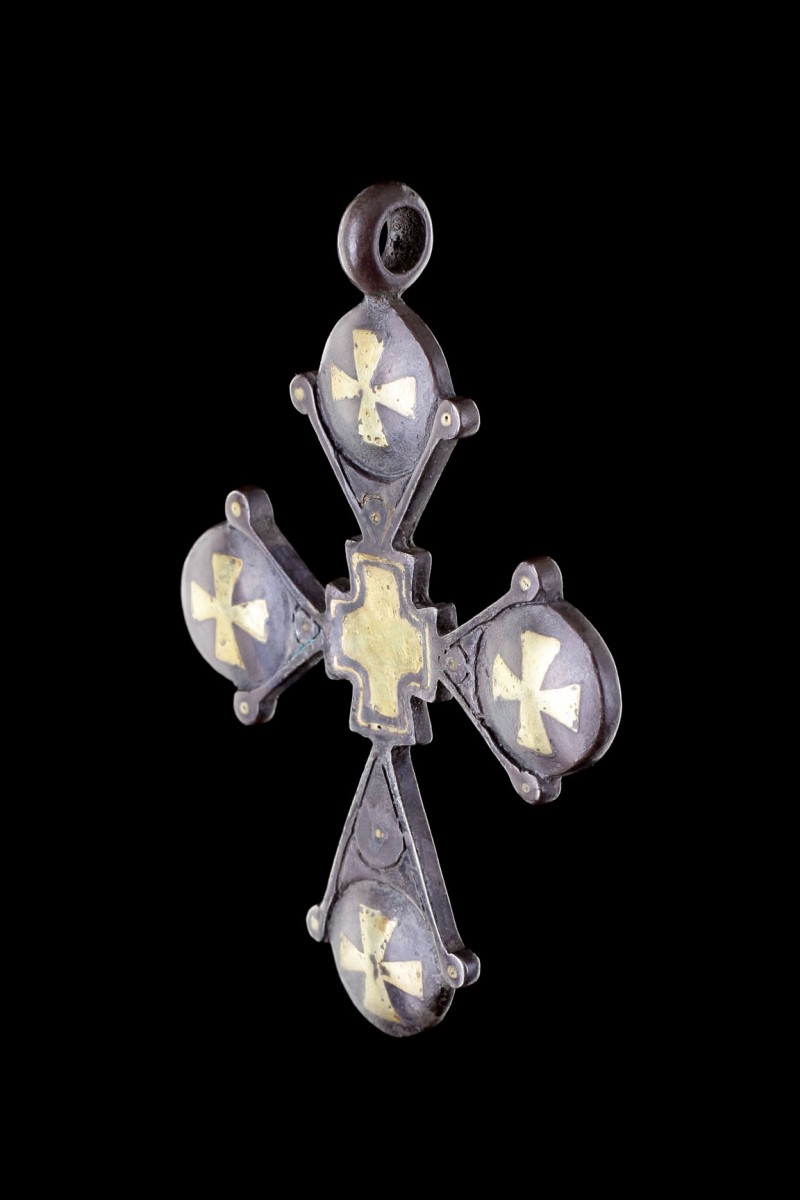
Croix byzantine en argent et or Avant JC au Xe siècle N.86936
By the turn of the 20th century, immigration from traditionally Eastern Christian countries included not only settlers moving to Western Canada looking for farmland but also those going to Eastern cities, primarily Toronto. The first Byzantine Rite church in that city was the Greek Orthodox Community of St. George, founded in 1909. [2]
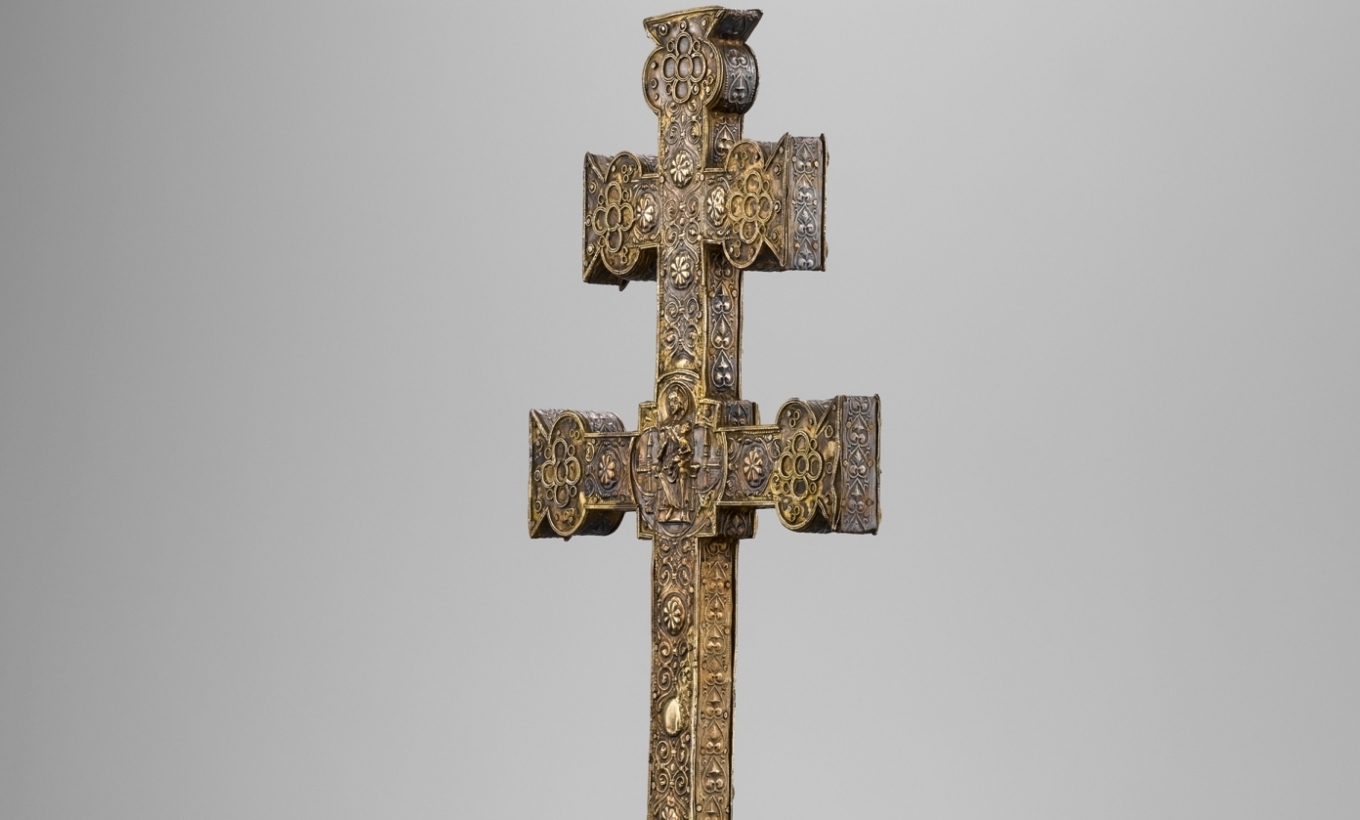
Croixreliquaire de la Sainte Croix, dite Croix byzantine Patrimoine FRB
One of the Oldest Christian Prayers. Although the sign of the cross is most accurately referring to the action of tracing the shape of a cross with our hands, it is often used to refer a specific prayer. On pamphlets on how to pray the rosary, or explanations of the mass, the sign of the cross is typically referring to the Trinitarian formula.
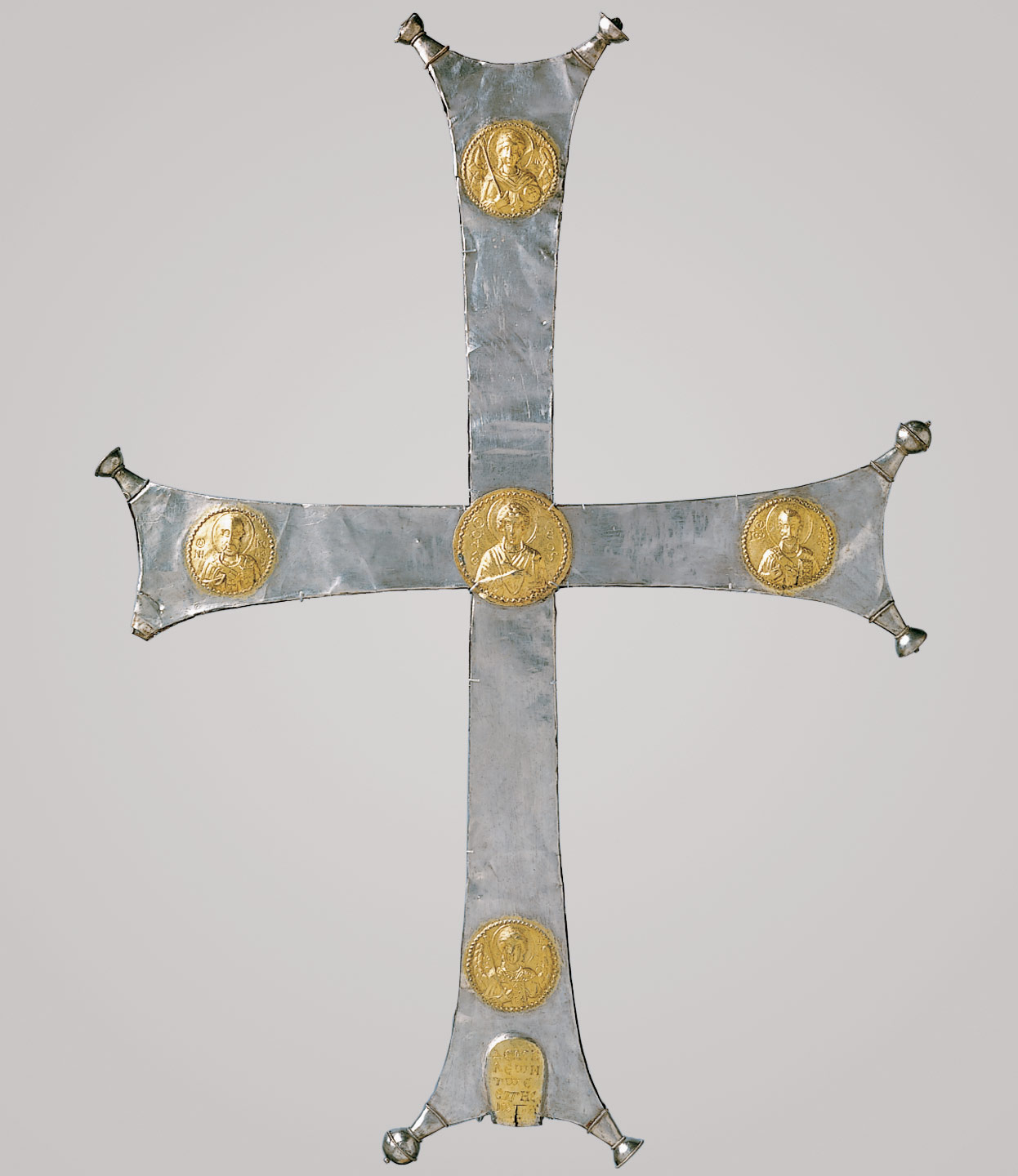
Byzantine Processional Cross, gillded silver, c. 11th century
Les croix byzantines sont originaires du 4ème siècle à Constantinople et représentent une fusion d'images et de styles romains, grecs et chrétiens. Différents
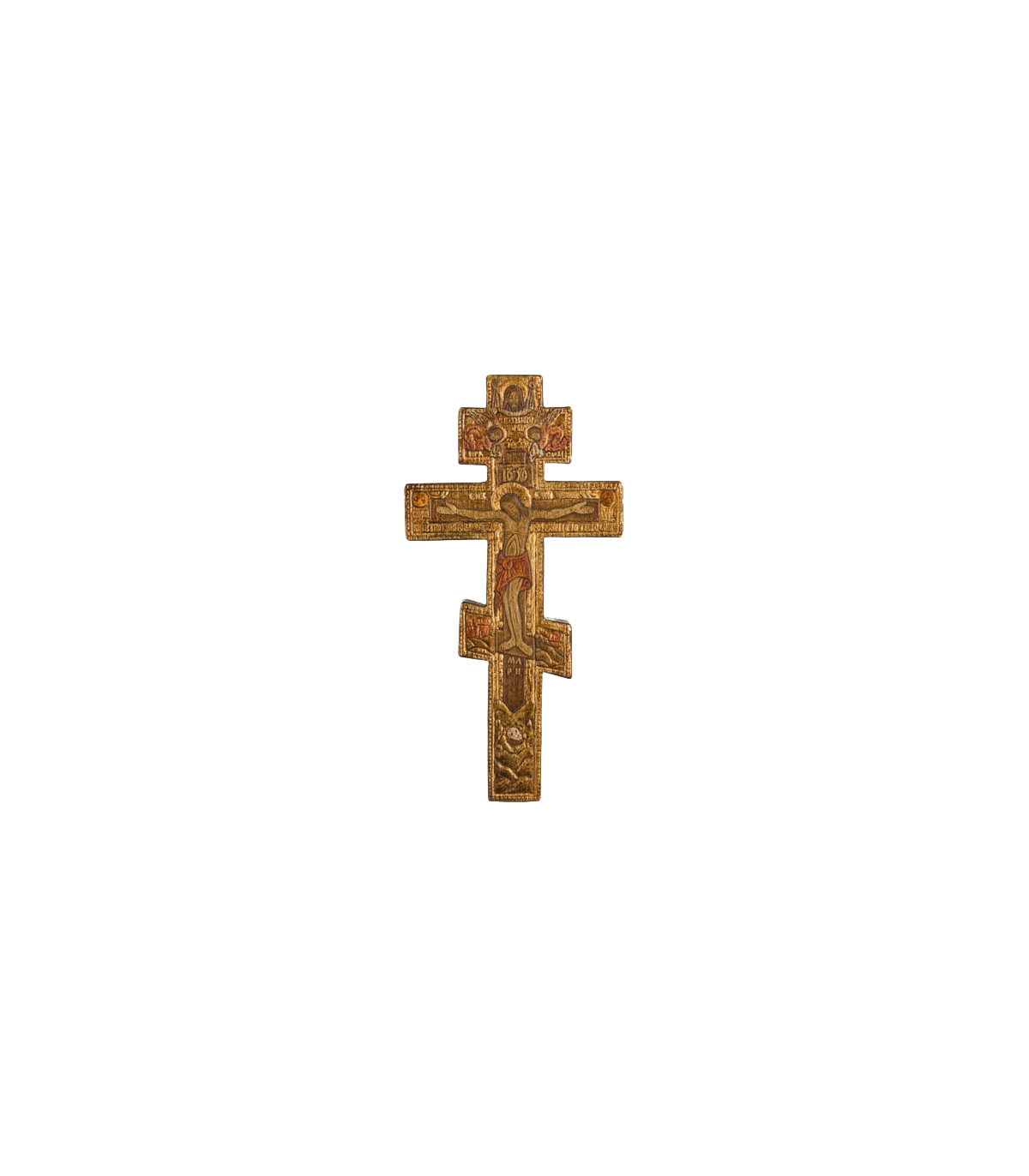
Croix Byzantine dorée Monastère de Bethléem
Cross. Byzantine. ca. 1100. On view at The Met Fifth Avenue in Gallery 303. This elegant pendant cross is representative of the finest objects for personal devotion produced for the elite of the Byzantine empire. Both faces of the exquisite miniature cross are decorated with intricate floral patterns worked in multicolored cloisonné enamel, on.

Small Byzantine Wall Cross (5.5" x 4") Trinity Church Supply
The Cross of Lorraine (French: Croix de Lorraine ), known as the Cross of Anjou in the 16th century, is a heraldic two-barred cross, consisting of a vertical line crossed by two shorter horizontal bars. [citation needed] In most renditions, the horizontal bars are "graded" with the upper bar being the shorter, though variations with the bars of.
Cross Byzantine The Metropolitan Museum of Art
Souvent connu sous le nom de crucifix, la croix latine représente la crucifixion du Christ. Historiquement, il semblerait que ce modèle de croix catholique soit dérivé du poignard, un symbole d'origine païenne.
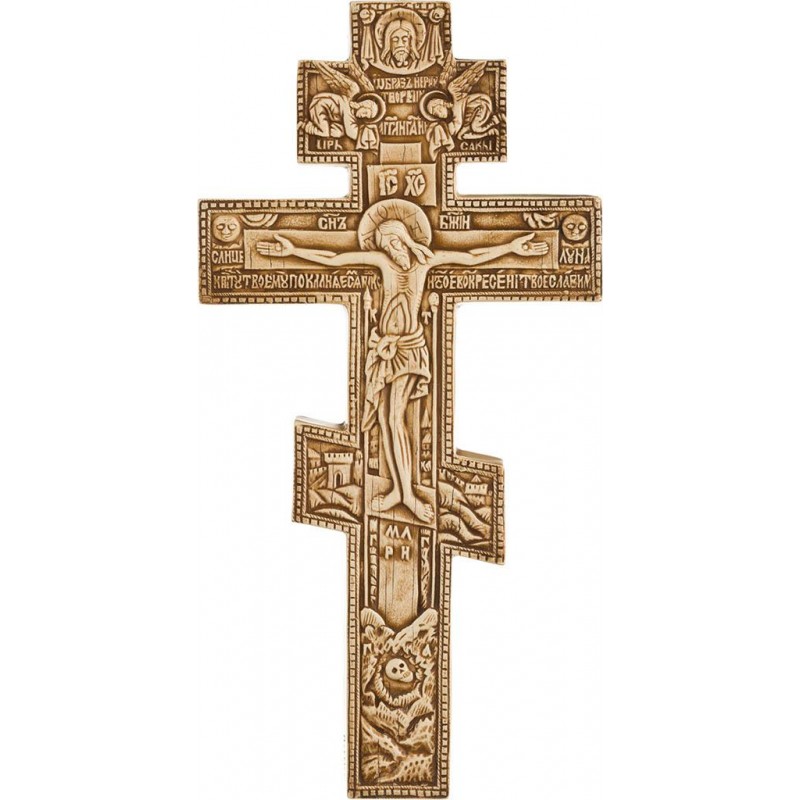
Croix Byzantine
Byzantine Crosses. Byzantium began when the fourth century Emperor, St. Constantine, Christianized the Roman Empire and established Constantinople in Byzantium as the capital. During this era a synthesis of classical Greek, Roman, and Christian culture gave birth to unparalleled achievements in art, architecture, and jewelry.